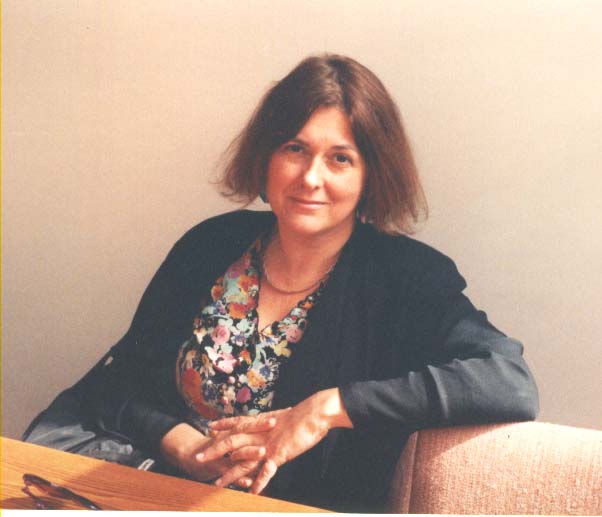
Brian MacWhinney
Department of Psychology
Carnegie Mellon University
macw@cmu.edu
website

|
Brian MacWhinney Department of Psychology Carnegie Mellon University macw@cmu.edu website |

|
Elizabeth Bates (1947-2003) Department of Psychology University of California San Diego website |
| Participants: | ages 3, 4, 5, and adult -- 30 in each group |
| Type of Study: | cross-sectional, picture description task |
| Location: | United States; Hungary; Italy |
| Media type: | colored pictures |
| DOI: | doi:10.21415/T54S54 |
MacWhinney, B., & Bates, E. (1978). Sentential devices for conveying givenness and newness: A cross-cultural developmental study. Journal of Verbal Learning and Verbal Behavior, 17, 539–558.
In accordance with TalkBank rules, any use of data from this corpus must be accompanied by at least one of the above references.
These data were gathered in English, Italian, and Hungarian with adults and children aged 3, 4, and 5 years using the picture description task of MacWhinney and Bates (1978). In the 1978 experiment, there were 120 participants: 40 Americans, 40 Hungarians, and 40 Italians. Within each language community, there were ten 3-year-olds, ten 4-year-olds, ten 5-year-olds, and ten adults. The chief focus of attention was on the development in the 3–6 year period. The adult participants were included as controls to see if any further developmental changes might be present after age 6 in use of these devices. Each group of 10 participants included five females and five males. The children were enrolled in nursery schools in Denver, Budapest, and Rome. There is every reason to believe that the children at each age were generally equal in terms of overall linguistic ability, because they were all normal, middle-class members of the majority culture and all resided in large metropolitan areas within what is commonly known as Western culture. Unfortunately, no cross-culturally valid measure of general linguistic ability is yet available.
Before a participant was tested, the pictures were placed into the order in which they were to be administered. The order of the nine series of pictures within each series was also randomized. Following each series, a picture of a common object such as a bottle or a sailboat was inserted. This was done to break up any set (Einstellung) effects. Participants were examined individually. Each participant was first seated next to the experimenter at a table. The participant was told that he or she would be asked to describe some pictures. Adults were told to describe the pictures in a simple direct fashion. The experimenter showed the pictures to each participant one at a time in the sequence determined by the randomization procedure. Two probes were used: “Tell me about this picture” and “What’s happening in this picture?” Use of the two probes was also randomized. Each session was taperecorded in its entirety.
| Series | Structure | Sentence |
|---|---|---|
| 1 | S V A | bear (mouse, bunny) is crying. |
| 2 | S V A | boy is running (swimming, skiing). |
| 3 | S V O | A monkey (squirrel, bunny) is eating a banana. |
| 4 | S V O | A boy is kissing (hugging, kicking) a dog. |
| 5 | S V O | A girl is eating an apple (cookie, ice cream). |
| 6 | S V L | A dog is in (on, under) a car. |
| 7 | S V L | A cat is on a table (bed, chair). |
| 8 | S V O I | A lady is giving a present (truck, mouse) to a girl. |
| 9 | S V O I | A cat is giving a flower to a boy (bunny, dog). |